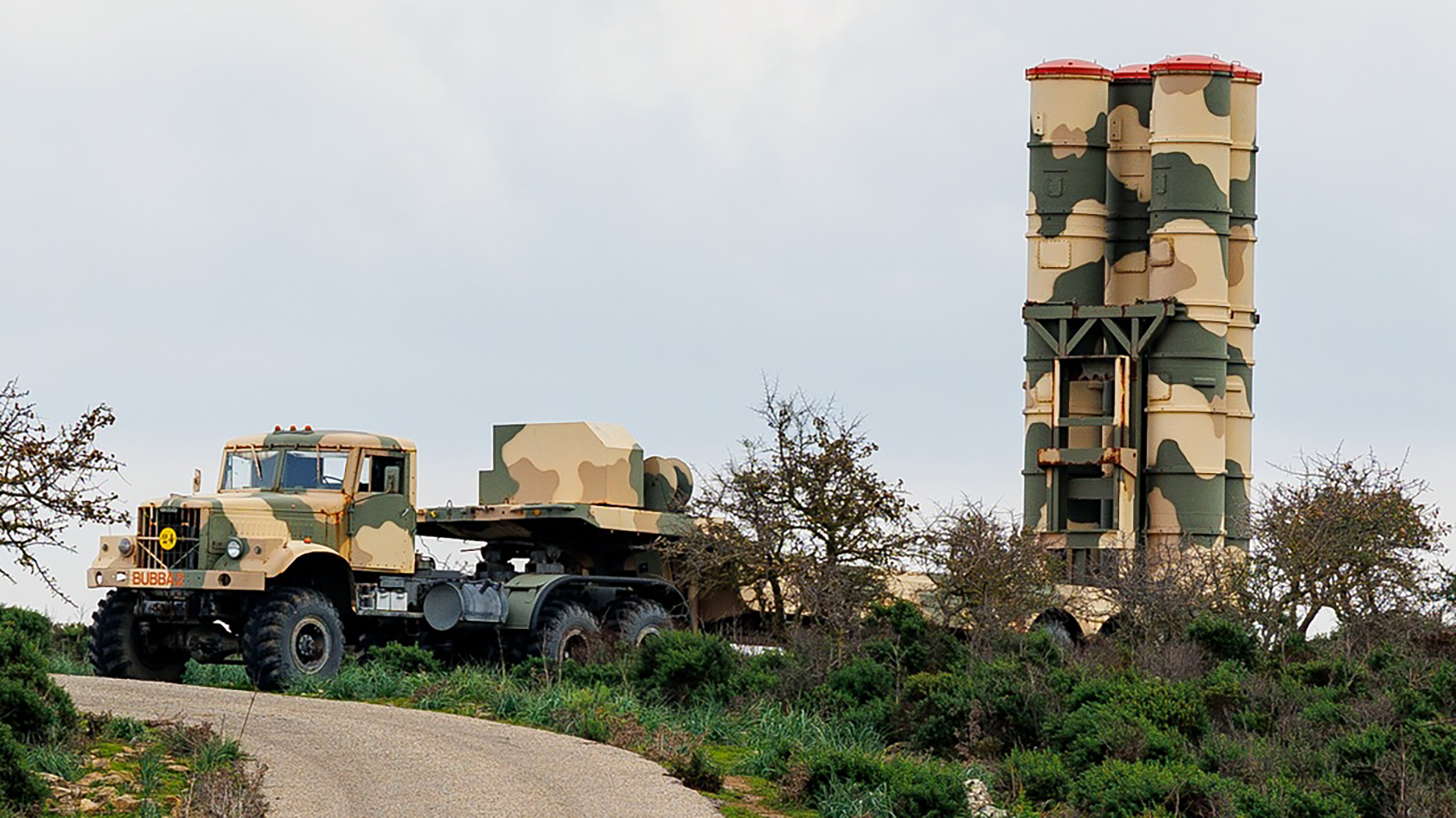Unstoppable Momentum in the Strapping Machine Market
As global trade and logistics intensify, the need for secure, efficient, and cost-effective packaging has never been more critical. In this context, the strapping machine market is witnessing robust expansion, driven by the proliferation of e-commerce, modernization of manufacturing processes, and the demand for sustainable and efficient industrial packaging solutions.
Global Strapping Machine Market size and share is currently valued at USD 5.55 billion in 2024 and is anticipated to generate an estimated revenue of USD 7.80 billion by 2032, according to the latest study by Polaris Market Research. Besides, the report notes that the market exhibits a robust 4.3% Compound Annual Growth Rate (CAGR) over the forecasted timeframe, 2024 - 2032
Market Overview
Strapping machines are essential components in logistics and packaging operations. They apply a strap (plastic or metal) around a product, box, or pallet to reinforce stability during transportation and storage. These machines are widely used in sectors such as:
-
Logistics and Warehousing
-
Food and Beverage
-
Consumer Electronics
-
Pharmaceuticals
-
Construction and Building Materials
-
Textiles and Apparel
Modern packaging environments demand high throughput, consistent performance, and minimal human intervention. This has fueled the uptake of high-speed strapping equipment and the deployment of automatic strapping systems integrated into larger conveyor and packing lines.
Key Market Growth Drivers
1. Rapid Expansion of E-Commerce and Logistics
The explosion of global e-commerce has significantly increased the volume of packages shipped daily. Retailers and logistics providers are increasingly investing in high-speed strapping and sealing solutions to handle high volumes with minimal errors. Automated packaging processes help reduce labor costs, increase speed, and ensure load security, especially for last-mile delivery.
2. Shift Toward Automation and Industry 4.0
As industries embrace smart manufacturing, demand for automatic strapping systems is rising. These machines are often integrated into automated packaging lines and equipped with sensors, PLCs (programmable logic controllers), and remote diagnostics. This shift enhances throughput, reduces manual handling, and ensures consistent strapping quality across large production volumes.
3. Need for Secure and Sustainable Packaging
Strapping not only secures goods but also minimizes the need for excessive packaging materials, aligning with sustainability goals. Pallet strapping equipment is especially popular for reducing shrink wrap and minimizing packaging waste in warehouses and distribution centers.
Additionally, companies are opting for eco-friendly materials like recyclable PET straps over traditional plastic variants, influencing purchasing decisions in the strapping machine space.
4. Growth in Industrial Production and Exports
Rising manufacturing output in Asia-Pacific, Europe, and North America—especially in automotive, metals, and chemicals—has led to a surge in demand for durable industrial packaging solutions. As cross-border trade rebounds post-pandemic, the need for secure, automated, and transport-friendly packaging is further boosting strapping equipment adoption.
Browse Full Insights:
https://www.polarismarketresearch.com/industry-analysis/strapping-machine-market
Market Challenges
1. High Initial Investment and Maintenance Costs
Fully automatic and high-speed strapping systems involve significant capital expenditure. Small and medium-sized enterprises (SMEs), particularly in emerging economies, may find it difficult to invest in advanced systems without clear ROI. Additionally, regular maintenance and component replacement (like blades and tensioners) can add to operational costs.
2. Technical Integration and Compatibility
Integrating strapping machines into existing packaging or warehouse management systems (WMS) can be complex. Challenges include compatibility with varying product sizes, materials, and conveyor systems, which can lead to inefficiencies or require customization.
3. Availability of Low-Cost Manual Alternatives
In price-sensitive markets, manual or semi-automatic alternatives remain popular, particularly for low-volume applications. These options, although slower and less efficient, can delay the transition to fully automated solutions in certain regions and sectors.
Regional Analysis
North America
North America holds a significant share of the global strapping machine market, driven by strong logistics infrastructure and high automation adoption in industries. The U.S. in particular is witnessing increased deployment of automatic strapping systems in fulfillment centers and food packaging plants.
Key Trends:
-
Rise in robotic packaging lines across warehouses
-
Sustainable packaging mandates boosting PET strap usage
-
Growing demand from the pharmaceuticals and electronics sectors
Europe
Europe is a mature market characterized by strong regulatory frameworks and environmental compliance requirements. Countries like Germany, France, and the Netherlands are investing in smart factories that incorporate high-speed strapping equipment into lean manufacturing systems.
Key Trends:
-
Focus on recyclable strapping materials
-
Significant adoption in automotive and metalworking industries
-
Development of Industry 4.0-enabled strapping lines
Asia-Pacific
Asia-Pacific dominates the global market in terms of volume, thanks to rapid industrialization, large-scale manufacturing, and booming e-commerce in countries like China, India, and Southeast Asia.
Key Trends:
-
Massive uptake of pallet strapping equipment in logistics and warehousing
-
Government initiatives supporting industrial automation in China and India
-
Expansion of multinational manufacturers setting up local packaging operations
Latin America
The Latin American market is expanding steadily, driven by the rise in export-oriented industries and food processing. However, the adoption of fully automated systems is slower due to cost sensitivity.
Key Trends:
-
Gradual automation in Brazil and Mexico
-
Growth in agriculture and FMCG packaging
-
Focus on semi-automatic solutions for mid-size businesses
Middle East & Africa
MEA is an emerging region for strapping machine sales, particularly in the UAE, Saudi Arabia, and South Africa. Demand is being driven by growth in construction materials and consumer goods logistics.
Key Trends:
-
Investments in smart logistics infrastructure
-
Steady demand for industrial packaging solutions in mineral exports
-
Rise in local distribution and packaging centers
Key Companies in the Strapping Machine Market
Signode Industrial Group (Crown Holdings Inc.)
Signode is a global leader in transit packaging solutions. It offers a comprehensive range of pallet strapping equipment, manual tools, and fully integrated automatic strapping systems for high-speed applications.
StraPack Inc.
Based in Japan, StraPack is known for its innovation in automatic and semi-automatic strapping machines. The company serves industries like printing, e-commerce, logistics, and food processing with reliable and compact designs.
Mosca GmbH
Mosca is a German manufacturer renowned for its precision-engineered strapping systems. It emphasizes sustainability and innovation, offering advanced high-speed strapping machines with energy-efficient motors and smart monitoring systems.
Polychem Corporation
Polychem offers a wide portfolio of strapping tools, plastic strapping materials, and machinery. It focuses on the North American market with strong offerings in both entry-level and high-performance segments.
Transpak Equipment Corp.
This Taiwan-based company is a prominent exporter of strapping machines worldwide. Transpak is known for producing robust and cost-effective solutions suitable for SMEs and emerging markets.
Fromm Packaging Systems
With a global presence, Fromm provides strapping, wrapping, and air cushion systems. Its strapping machines are widely used in steel, timber, and logistics industries, especially for heavy-duty applications.
Conclusion
The strapping machine market is rapidly evolving to meet the packaging demands of a globalized, automated, and environmentally conscious supply chain. Driven by booming e-commerce, rising industrial output, and a push toward smart automation, the market is expected to see continued growth in both advanced economies and emerging regions.
As companies modernize their packaging lines with automatic strapping systems and pallet strapping equipment, they are also prioritizing sustainability by using recyclable materials and energy-efficient systems. However, cost sensitivity and integration complexity remain key barriers, particularly in mid-market and developing segments.
The future of the market lies in the hands of companies that can balance innovation, cost-effectiveness, and environmental responsibility—delivering industrial packaging solutions that are not only fast and secure but also scalable and sustainable.
More Trending Reports by Polaris Market Research:
Vibration Control Systems Market
Autonomous Port Operations Systems Market
Climate Change Impact Assessment Tools Market
Carbon Credit Validation Verification and Certification Market
Offshore Mooring Systems Market
AI Trust, Risk and Security Management Market
Programmatic Advertising Platform Market
Leading Top 10 Firms in the HVAC Systems Market to Know in 2025
Comprehensive Overview of Leading Top 5 Companies in the Next-Generation Data Storage Market in 2025

















































































































































